
Abdiel Figueroa Reyes (he/they) has been studying dance since he was four years old. But the world is finally catching up to the creative expression they’re bringing to the art form.
The Puerto Rican-born Figueroa Reyes is a Hubbard Street Dance Chicago (HSDC) member and was recently honored with a 2022 Princess Grace Award. The world-renowned contemporary dance company has toured 19 countries, showcasing an evolving repertoire of leading choreographic voices.
Figueroa Reyes chatted with Queerty about their role models, pivotal career moments, and how the dance world is evolving regarding gender diversity and expression.
What was your first exposure to dance?
How about we take this to the next level?
Our newsletter is like a refreshing cocktail (or mocktail) of LGBTQ+ entertainment and pop culture, served up with a side of eye-candy.
At the age of 4, I took my first ballet class. It was a small studio with green painted walls. There were posters of the past ballerinas doing The Nutcracker, and the teacher was one of my mom’s closest friends. At one point, she made all of us gather around a photo, and as she spoke about alignment, she traced her finger from the top of the dancer’s wrist to the bottom of her pointe shoe. It was the first time I had imagined myself doing precisely what the ballerina was doing, and it clicked that dance was for me.

Who were the teachers or other role models contributing to your pursuit of dance as a career?
A group of people that always inspires me is my family. I’ve faced many obstacles in finding myself as an artist and making a career out of dance, but I have always been able to return to them.
The person who springboarded my career was Alexandra Wells. She was the Artistic Director of the Hubbard Street Professional program, where she took me in and taught me the actual workings of being in the dance world and a repertoire company. I first met her through a phone call in the summer of 2017 after I had submitted last-minute audition materials for the program. I was shocked when she accepted me on the spot with a full scholarship because she did not know me, nor could she truly see my training and capabilities. Over the years, we have bonded, and she is still a continuing source of inspiration not just for me but for the dance world. I am somehow still amazed at how she blindly trusted me back then, at how she saw what I didn’t yet know about myself, that I am an artist.
Related: ‘Dancing with the Stars’ reveals its first drag queen contestant
Are there specific moments that have been pivotal for you as an artist?
I have an uncle who was very important in evolving my confidence in dance. His name is Brian Sanchez, and he’s been training me since very little. He followed my family and me to Las Vegas and started teaching me at the studio I was in. He choreographed my last senior solo in 2016 before I moved to Chicago, which was very sentimental.
At the time, my knowledge of dance was competition, conventions and showcases, and basic technique training. I feared going into the field and not fitting whatever was needed to do the job and be great. Before I went on stage, he told me, “Remember where you came from — you are an Orgullo to us, and one day you’ll know what I mean!”. He helped me realize that I am a treasure to my family and culture and not to be afraid of that.
How have they impacted your work?
Their work as educators and facilitators taught me to value the process of becoming an artist and collectively share my story so that the journey to self-discovery involves the community.

What was it like moving from Puerto Rico to Las Vegas as an 11-year-old?
It was an exciting move indeed. I visited Las Vegas a year before moving because my aunt and uncle on my mother’s side were part of a few Cirque Du Solei shows on the Strip. So I thought it was excellent — seeing the incredible buildings, attractions, and lights. I mostly lived in the suburbs outside of the city. I made beautiful memories with many friends and family during those years. What amazed me most about living in Vegas was the entertainment aspect. It was everywhere! As a little kid growing up, all I imagined being was a professional dancer. In Las Vegas, I saw that it could be done in many ways.
Did you feel confident studying dance as a teen and young adult or face any scrutiny from peers?
When I was younger, I experienced my fair share of bullying for being a male dancer. Other boys would tease me because I told them I did ballet and they’d mock saying it’s a girl’s thing. Eventually, most of my spaces and friend groups were surrounded by art or dance. I went to a performing arts high school and the same dance studio in Vegas for most of my years.
The scrutiny I started to experience when I got older was more subtle. I saw myself as the only male dancer in some spaces, which immediately set a standard for how I should be in the studio. I had to be strong, poised, and masculine in my dancing. I began to notice that I was one of a few people of color in these spaces, but I learned to navigate these differences and make them my strengths.

How did your focus evolve to include contemporary, jazz, and Latin techniques?
Jazz has stuck with me since I was young. It was how I first started to understand rhythm, and I liked the upbeat pop sounds. Later, when I started doing contemporary competitions, the style resonated with my body. I was attracted to the fluidity of it and how many people were interpreting the class from different perspectives. I chose to chase it as my primary style because I was attracted to how it allowed me to be creative within where I am at any given moment.
I am coming to understand that my artistic lens has always had Latin influences in it. I know that Latin-specific dance styles have specific mechanics. Still, I have also found these same ideas in my other techniques. How I understand rhythm, my relationship with a partner, the swiftness of footwork in Salsa, and the energy regarding sensuality and passion. I’m speaking about a spark, a fire that I deeply inherited from my Latin culture. I aspire to be an artist that reimagines how to weave these techniques, where one day I can create from them being a conjoint language and not from their distinctions.
Related: Same-sex couples show off their ballroom skills at London’s Pink Jukebox
Do you think the dance world is evolving regarding diverse representation, particularly gender and sexuality?
I do think the dance world has evolved when it comes to this conversation. I have seen a representation of different bodies, cultures, and styles at the forefront of many areas in our field. The way we approach the inclusivity of gender and sexuality in our dance communities does not have to reflect how the world is still adapting to it. I believe that the dance community has an opportunity to provide spaces for these stories to be told. We need to support these voices by letting them express themselves authentically. We must remove old gender roles, introduce gender-neutral language, and encourage our audiences to see beyond normativity.
Are there particular choreographers you’ve worked with or admired who are challenging this status quo in this regard?
The first I got to dive into this with was Rena Butler. She set work on HSDC about three years ago titled “This, That, and the Third.” In it, I had a solo that switched back and forth between masculine and feminine energies choreographically. During a rehearsal, she encouraged me to get more personal with the movement and apply my personal story to the solo. It was the first time I was trusted to decorate the role with how I understood my sexuality. After performing it on stage a few times, I realized it was a chance to educate and encourage audience members who might also identify with this narrative. The entirety of the work was to show our audience different ways of coexisting. Having a queer Black woman choreographer set such impactful work on a prestigious company was a significant achievement. If we allow all types of artists the space to create from their experiences, we will quickly learn that we don’t have to make from what we’re told to be but from who we already are.
What do you see in your artistic future? Would you like to choreograph? Are you interested in musical theater, multi-disciplinary projects, or other avenues of creative expression?
Short term, I know I want to train more and work for other companies. I am interested in choreography, and eventually, I’ll want to create as I continue exploring my creative language. I am interested in modeling and diving back into my early dance styles.
I aim to return to Puerto Rico and curate a program or workshops with fellow artist friends there. I get curious about what the dance community looks like now after all these years and what I can learn from what it evolved. I’m excited to see what I can share and to be part of that exchange with artists from my culture.
I admire my mother a lot; she has created multi-disciplinary programs for kids and adults with autism and Down syndrome her whole life. When we lived in Puerto Rico, she owned a dance studio where she brought kids into the space, and part of their course was movement therapy. I would not be surprised if, one day, I got a psychology and social work degree and took over my mother’s passion.


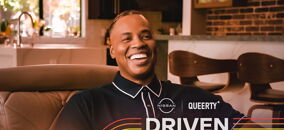
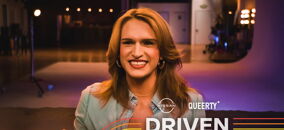
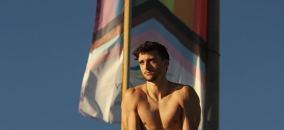
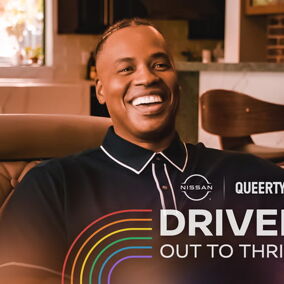
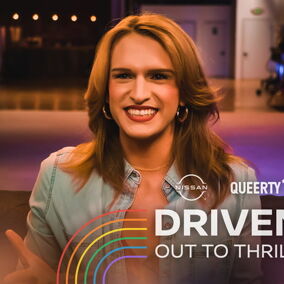
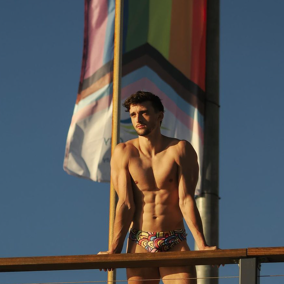
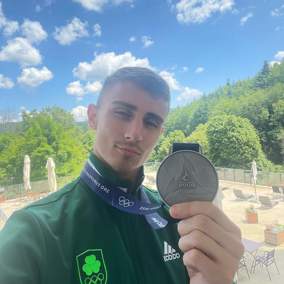
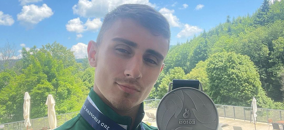


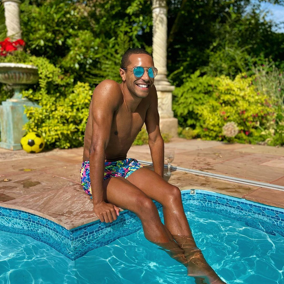

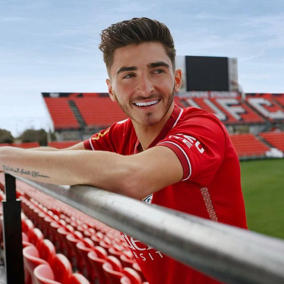

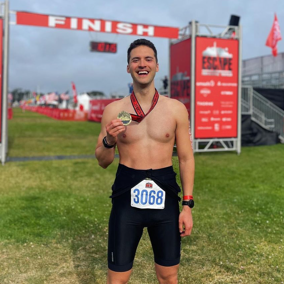

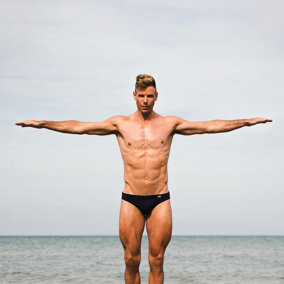
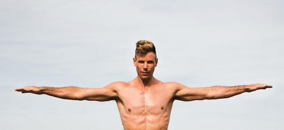

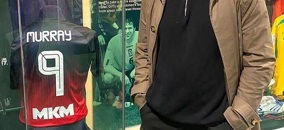






















Boybussy
I Loves me some Puerto Rican Hottie!! He’s so sexy and Lithe!! Perfect combo!